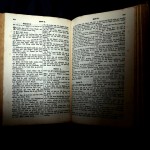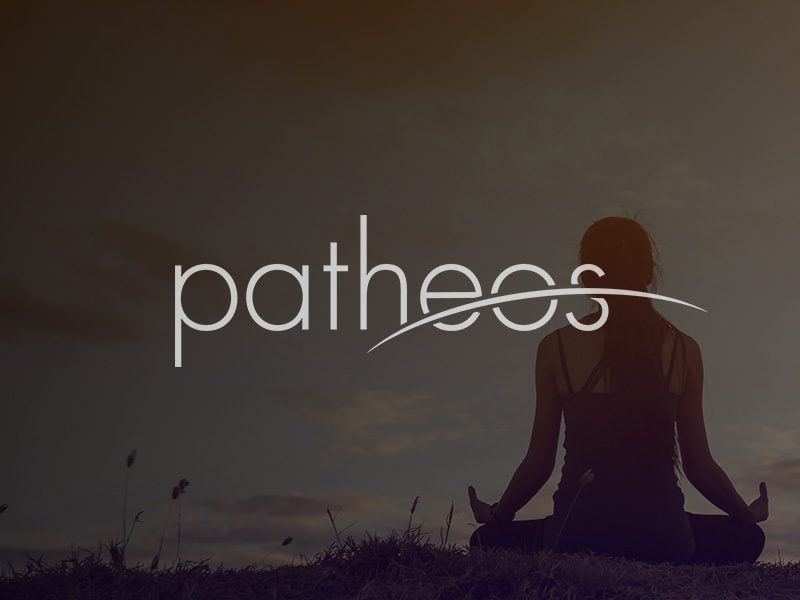Author’s note: This is the fourth post in a series about my experiences with and reflections on teaching seminary on a volunteer basis this past year. Its observations and opinions do not necessarily represent the teachings or policies of the Seminaries & Institutes program or The Church of Jesus Christ of Latter-day Saints.
It is natural for modern readers of ancient religious literature to read their own lives into the text. This is fine. That’s why we read the texts we read instead of ancient account statements. However, as tempting as it is to think of ancient “wards” and “stakes” when we read about ancient assemblies, we ought to realize the essential differences between our culture and theirs, separated by dozens of centuries of intellectual change and economic change. To do otherwise is to miss out on essential interpretive insights at best. At worst, we do violence to the text.
One of my favorite activities came at the first of the year, as, while introducing the Old Testament as a whole to my students, I wanted to teach them just how far removed the people of the OT were from us. I believed this would help them understand our differences in culture and worldview. For instance, notions like “all people are created equal” and “women deserve the same rights as men” would not be thought of for thousands of years. As closely aligned as religion and politics are today, they were even more inextricably connected then. Though also an ancient concept, it had not yet occurred to many that their deities presided over all humanity and not just their given tribe or land. Even money was yet to be invented for many OT peoples.
So I decided to create a timeline. I took a skein of neutral-colored yarn and measured out a room-length piece. Then I measured out segments of this piece relative to historical events. I started with the reign of David, since that’s the first period I feel comfortable dating. I then proceeded with recognizable names from the OT: Isaiah, Malachi, etc. and then measured out dates for Jesus, Charlemagne, William the Conqueror, Columbus, George Washington, and Joseph Smith. At each point in my timeline, I tied a short, brightly colored piece of yarn. If I were to do it over, perhaps I would have actually labeled the events and people with paper tags and written information.
I presented the timeline by asking everyone to get up (a wise idea when everyone is half-asleep in the morning) and spread out the length of yarn across the classroom from corner to corner. Then I asked every student to find and hold on to at least one brightly colored piece of yarn along the timeline, after which I proceeded to inform everyone on to which person or event they were holding. I held the end of the yarn representing our modern time. Despite the seeming remoteness of their cultural memory, Joseph Smith and George Washington were so close that we didn’t even have to bend elbows to reach each other, while Isaiah, Jeremiah, Malachi, and even Jesus were half the room away. They seemed distant, disconnected, and alien.
It might be tempting to think that these people were nothing like us, and in a way that’s true. They thought about and experienced religion much differently. But they still tried to do what God wanted them to do. And they still loved their families. Despite their having to experience war, famine, and disease much more than we, they valued peace, health, and happiness just as much. Probably more. More significantly, they still had to negotiate boundaries between competing impulses to be loyal to God and to normalize to contemporary or neighboring cultures. I wanted my students to feel the distance between themselves and what they were studying that year and to also testify that despite that distance, and maybe even because of it, those people back then could still teach us things about our own life and about how we interact with God.











